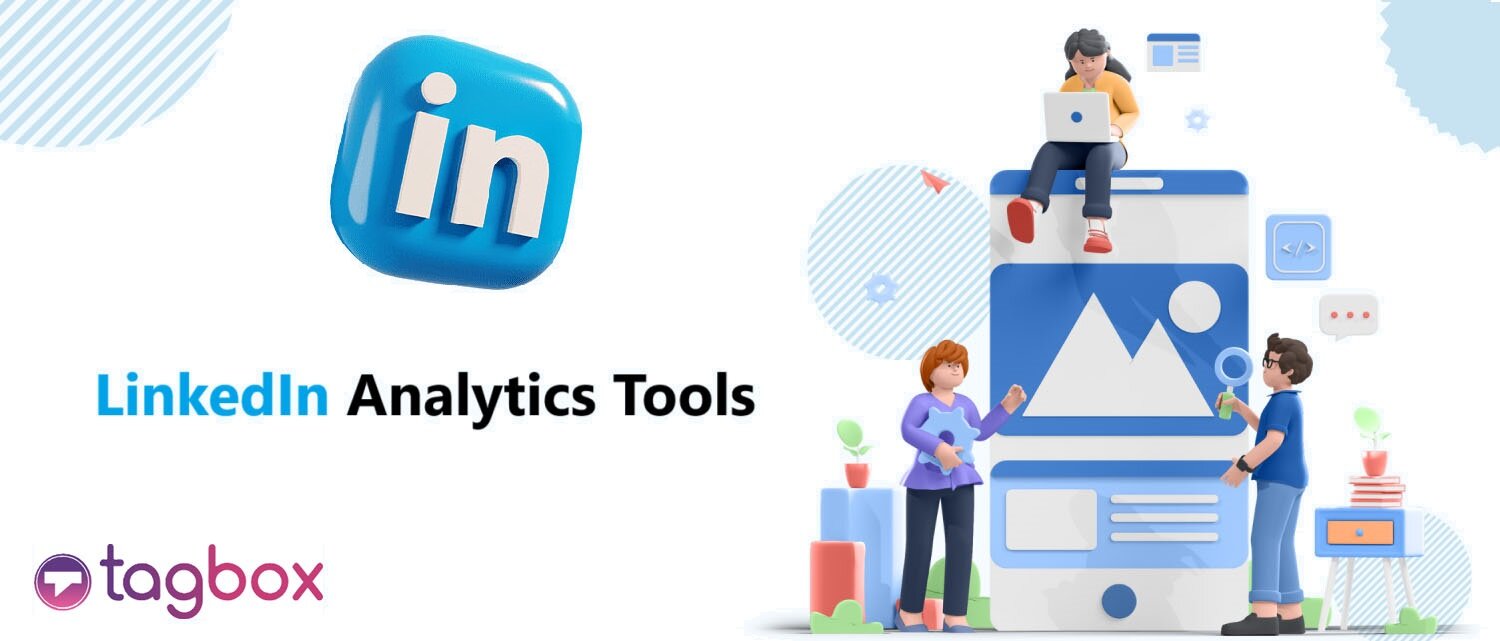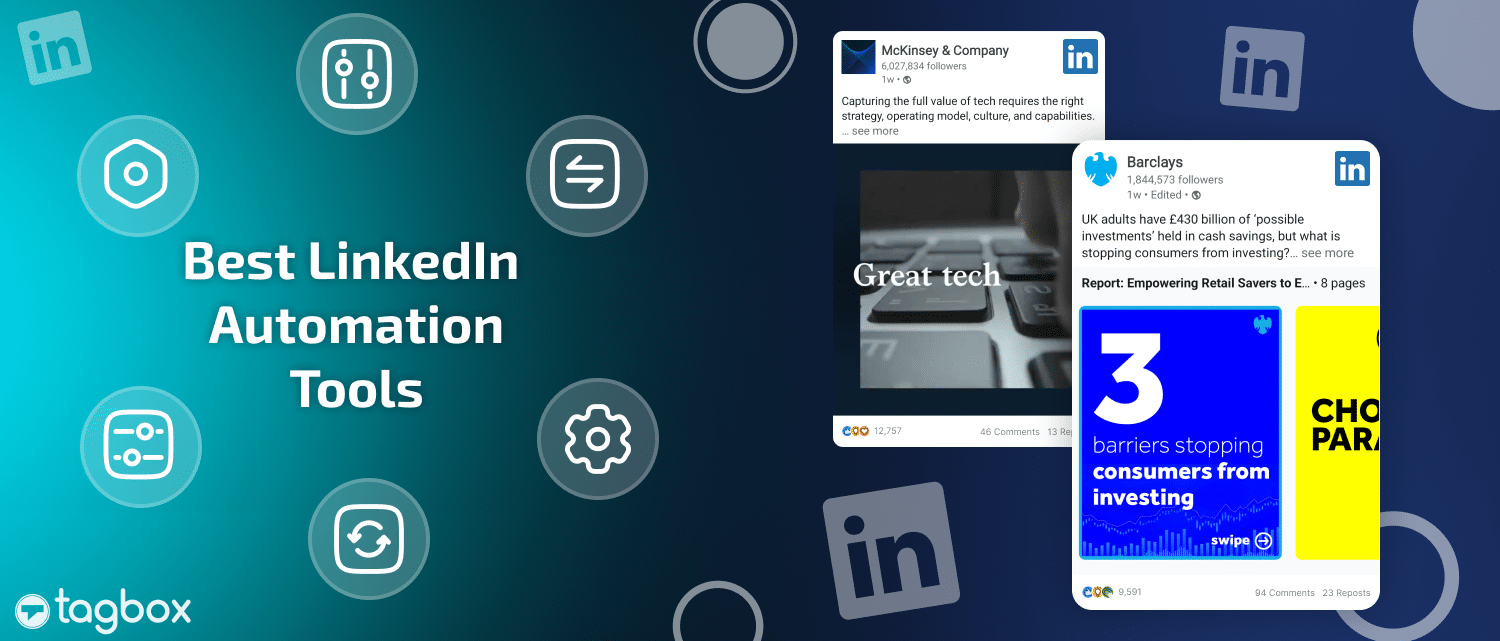Boost Your Community Marketing Efforts With These Tips
In a world dominated by digital noise, imagine your brand not just as a product or service but as a community where individuals with shared interests and passions gather. In this era, community marketing is not a mere strategy; it’s a strategic imperative.
Consider the rise of Airbnb, a prime example of a brand woven into the fabric of community-driven experiences. The platform transformed how people travel, fostering a global community of hosts and travelers.
Did you know that 88% of consumers trust ratings and reviews as much as personal recommendations? The influence of authentic community interactions is undeniable.
So, buckle up as we dive into the
- Importance of community marketing,
- Crack its benefits and
- Equip yourself with actionable insights to elevate your brand’s connection game.
Get ready for a journey where community is not just a buzzword but a cornerstone of brand success in the digital age.
Understand Your Community
First things first – let’s get to know your tribe! In this section, we’re pulling back the curtain on finding your people, exploring the different flavors of communities, and taking inspiration from the playgrounds already out there.
Identifying Your Target Audience
Here’s how you can navigate the terrain effectively:
1. Dive into Their Interests
Conduct surveys, analyze social media interactions, and study market trends to uncover what resonates with your audience.
What are their hobbies, passions, and preferences? Understanding these aspects helps you craft content and initiatives that genuinely captivate your community.
2. Uncover Their Preferences
Preferences shape how your audience interacts with content and engages with your brand. Explore the preferred communication channels, content formats, and interaction styles.
Whether they prefer visually appealing infographics or in-depth blog posts, aligning with their preferences ensures your community feels tailored to their needs.
3. Address Their Pain Points
Every community is formed around shared experiences and challenges. Identify the pain points your audience faces within your niche. By addressing these challenges, you not only offer valuable solutions but also position your community as a haven for like-minded individuals seeking support and solutions.
Exploring Different Community Types
When choosing the right platform for your community, consider the varied landscape of community types:
1. Online Forums
Forums provide a structured space for in-depth discussions and information exchange. Ideal for communities seeking detailed conversations and expertise sharing, forums offer a platform for users to connect based on specific topics.
2. Social Media Groups
The world of social media groups thrives on real-time interactions and immediate engagement. From Facebook groups to LinkedIn communities, these platforms offer a more casual and accessible space for community members to connect and share.
3. Dedicated Apps
In the era of mobile connectivity, dedicated apps bring communities to users’ fingertips. These platforms provide a seamless, personalized experience, making it easier for members to stay engaged and connected on the go.
Choosing the right community type depends on your brand’s goals and the preferences of your target audience. Assess where your audience is most active and which platform aligns best with your community’s purpose.
Researching and Understanding Existing Communities
Learning from the successes and challenges of established communities is like having a seasoned guide for your journey. Here’s how to navigate this crucial step:
1. Learn from Success Stories
What strategies have they employed to create an engaged and loyal following? Analyze their content, interaction methods, and community guidelines to discover what resonates with their members.
2. Recognize Challenges and Gaps
Identify the pain points and gaps within existing communities. Is there a need for personalized engagement, relevant content, or specific features? Recognizing these gaps lets you position your community as a unique and valuable alternative.
3. Tailor Your Unique Offering
What unique value proposition can you bring to the table? Whether it’s a fresh perspective, innovative features, or a more personalized approach, crafting a unique selling point helps your community attract members seeking something different.
As you embark on your community marketing journey, remember that each member contributes to the rich fabric of your community, making it a unique and thriving ecosystem.
Building Your Community
In this section, we’ll discuss the details of choosing the perfect platform, setting ground rules, sparking engagement hotter than your morning coffee, and, of course, growing your digital tribe.
Let’s roll up our sleeves and build a community that’s not just a gathering but a buzzing hub of brand enthusiasts.
Ideas to Build Your Brand Community
Choosing the Right Platform
Selecting the optimal platform for your community is pivotal to its success. Consider the following options based on your goals and audience preferences:
- Online Forums: Ideal for in-depth discussions and knowledge exchange.
- Social Media Groups: Offers real-time interactions, broader reach, and immediate engagement.
- Dedicated Apps: Provides a seamless, personalized experience for enhanced connectivity.
Each platform has its strengths, so choose one that aligns with your brand identity and the preferences of your target audience.
Setting Clear Guidelines and Expectations
Establishing a solid foundation is crucial for a thriving community. Clearly define:
- Community Values: Outline the core principles that define the identity and culture of your community.
- Rules: Communicate guidelines to ensure a positive and inclusive environment for all members.
- Moderation Strategies: Implement effective moderation techniques to maintain a safe and respectful space.
Encouraging Engagement
An engaged community is a vibrant community. Foster active participation through:
- Interactive Content: Create content encouraging discussions, polls, and user-generated content.
- Events: Host online and offline events to bring members together, fostering a sense of community.
- Discussions: Encourage open dialogues and diverse perspectives on relevant topics.
- Rewards: Recognize and reward active community members for their contributions, creating a positive feedback loop.
Growing Your Community
Expand your community strategically by combining
- Organic Strategies: Utilize content marketing, SEO, and social media to attract members naturally.
- Paid Strategies: Explore advertising, partnerships, and promotions to accelerate growth.
Remember, a thriving community is not just about numbers but about creating a space where members genuinely connect, contribute, and find value. Choose wisely, set clear expectations, foster engagement, and watch your community thrive.
Engaging Your Community
We’re turning up the dial on trust-building, empowering your community MVPs, cooking up some valuable content recipes, and throwing a party with events that’ll make your community sparkle.
Get ready to kick the engagement game up a notch – because in this community corner, it’s all about genuine connections, sizzling content, and events that leave a lasting vibe. Let’s dive into the art of engaging your community like never before!
Building Trust and Fostering Genuine Connections
Authentic Communication
- Transparency is Key: Be open and honest with your community. Share updates, successes, and even challenges transparently.
- Humanize Your Brand: Speak in a human, relatable voice. Avoid overly formal language, making your brand more approachable.
- Prompt and Personal Responses: Respond promptly to inquiries or feedback. Personalize your responses to show genuine interest in individual members.
- Admit Mistakes: If a mistake occurs, own up to it. Transparency in admitting and rectifying mistakes builds credibility.
Active Listening
- Create Feedback Channels: Establish clear avenues for feedback, whether through surveys, polls, or community forums.
- Regularly Monitor Conversations: Keep an eye on community discussions. Understand member sentiments and adapt your strategies accordingly.
- Implement Suggestions: Act on valuable feedback. When community members see their input making a difference, it enhances their sense of belonging.
- Host Feedback Sessions: Regularly host sessions to gather insights. Make your community feel heard and valued.
Empowering Community Leaders
Identifying and supporting influential community members is crucial for sustained growth.
- Recognize and Highlight Leaders: Publicly acknowledge and celebrate the contributions of community leaders. This recognition encourages others to participate actively.
- Provide Leadership Opportunities: Offer roles like moderators or contributors to engaged members, empowering them to shape the community.
- Facilitate Leadership Training: Provide resources or training sessions for community leaders to enhance their skills and impact.
- Encourage Mentorship: Foster a culture of mentorship within your community, where experienced members guide newcomers.
Creating Valuable Content:
Diversify your content to keep the community engaged.
- Articles: Share informative articles relevant to your community’s interests or industry trends.
- Videos: Create engaging video content, whether tutorials, behind-the-scenes looks, or member spotlights.
- Q&As: Host question-and-answer sessions with industry experts or community leaders.
- User-Generated Content: Encourage members to share their experiences, creations, and stories. This not only adds diversity but also strengthens the sense of community.
Hosting Events and Activities
- Online Meetups: Organize virtual meetups to facilitate real-time interactions and networking.
- Contests: Engage your community with fun and challenging contests. This will spark creativity and foster healthy competition.
- Workshops: Offer educational workshops or webinars on topics of interest to your community.
- Ask-Me-Anything (AMA) Sessions: Invite industry experts or influential community members for interactive Q&A sessions.
Remember, engagement is a two-way street. By building trust, empowering leaders, creating valuable content, enhance your community marketing efforts by leveraging educational opportunities like tableau data visualization training to craft compelling content that resonates with your audience. Insightful, data-driven visuals can amplify your message and engage community members effectively and hosting diverse events, you’re not just managing a community; you’re cultivating a vibrant, interactive ecosystem where members feel valued and connected.
Leveraging Your Community
Now let’s crack the code on collecting feedback, spotlighting user-generated content like your brand’s biggest fan, turning the wheels on sales and conversions, and nurturing a tribe that not only loves your brand but shouts it from the rooftops!
Collecting Feedback and Insights
- Diverse Perspectives: Your community comprises individuals with diverse backgrounds and experiences. Gather insights that reflect a wide range of perspectives on your products or services.
- Real-Time Feedback: Community interactions provide real-time feedback on new features, products, or marketing strategies, helping you adapt quickly to changing preferences.
- Identifying Trends: Engage in conversations to identify emerging trends within your niche. Community members often serve as early trend indicators.
- Product Improvement: Directly involve your community in product development. Understand their needs and pain points to enhance your offerings.
Promoting User-Generated Content
- Testimonials and Reviews: Share authentic reviews and ratings from community members to build credibility and trust with potential customers.
- Member Creations: Showcase user-generated content such as photos, videos, or art community members create. This not only adds a personal touch but also demonstrates the diversity within your community.
- Spotlight Features: Highlight exceptional community contributions in newsletters, on your website, or through social media. This not only recognizes members but also encourages others to contribute.
- Interactive Campaigns: Create creative campaigns that encourage user participation, such as photo contests or challenges, amplifying the reach of your brand through user-generated content.
Driving Sales and Conversions
- Exclusive Deals: Reward community members with exclusive discounts or promotions, fostering a sense of privilege and appreciation.
- Early Access: Provide community members with early access to new products or features. This will not only excite them but also incentivize others to join the community.
- Limited-Time Promotions: Introduce time-limited promotions exclusively for the community, creating a sense of urgency and driving conversions.
- Referral Programs: Encourage community members to refer friends with community-specific incentives, expanding your customer base organically.
Building Brand Loyalty and Advocacy
- Exclusive Content: Share exclusive content or behind-the-scenes glimpses with your community, making them feel like insiders.
- Acknowledgment and Recognition: Publicly acknowledge community members for their contributions, building a sense of pride and belonging.
- Personalized Interactions: Tailor your communications to individual community members, showing that you value them as individuals.
- Encourage Community Initiatives: Support community-driven initiatives or projects, fostering a collaborative and supportive environment.
Leveraging your community goes beyond marketing—it’s about creating a symbiotic relationship where both the brand and its members benefit.
By actively involving your community in feedback, promoting their content, offering exclusive deals, and cultivating a sense of belonging, you’re not just driving sales but building a loyal and passionate community that advocates for your brand.
Measuring Success
Now, let’s dissect the metrics, peek into the analytical toolkit, and understand why adapting your strategy based on data and feedback is the secret sauce to perpetual success. Ready to gauge your community’s success?
Let’s dive in.
Identifying Key Metrics
Community Growth
- Member Acquisition Rate: Track the number of new members joining your community over time.
- Community Size: Measure the overall size of your community to understand its reach.
- Conversion Rate: Analyze the percentage of website visitors or social media followers who become community members.
Engagement
- Active Member Rate: Monitor the percentage of community members actively participating in discussions, events, or other activities.
- Content Engagement: Measure likes, comments, and shares on community-generated content to gauge overall engagement.
- Response Time: Assess how quickly the community responds to member inquiries or discussions.
Impact
- Influence on Brand Perception: Use surveys or sentiment analysis to understand how community interactions influence perceptions of your brand.
- Product Feedback Impact: Track how community feedback and suggestions impact product improvements or developments.
- Sales and Conversions: Measure the direct impact of the community on driving sales, conversions, or referrals.
Analyzing Community Performance
Tools and Methods
- Google Analytics: Utilize Google Analytics to track website traffic, referral sources, and user behavior within your community.
- Social Media Analytics: Platforms like Facebook or Twitter have built social media analytics to provide data on engagement, reach, and member demographics.
- Community Management Platforms: Tools like Lithium, Vanilla Forums, or Discourse offer in-depth community analytics, tracking engagement metrics and member behavior.
- Surveys and Feedback Forms: Implement regular surveys to gather qualitative insights and feedback from community members.
- Sentiment Analysis Tools: Sentiment analysis Tools like Brandwatch or Hootsuite can help analyze community sentiment through social media mentions and discussions.
Importance of Adapting Strategies
- Continuous Improvement: Regularly analyze data to identify trends, successes, and areas for improvement within your community.
- Member Satisfaction: Assess community satisfaction through feedback and adjust your strategy to enhance the member experience.
- Relevance: Adapt your content and engagement strategies based on what resonates most with your community members.
- Changing Dynamics: Be flexible in response to changes in your community’s demographics, preferences, or external factors.
- Achieving Goals: Align your strategy with overarching business goals, adapting as needed to ensure your community contributes effectively.
By identifying key metrics, utilizing analytics tools, and adapting strategies based on data and feedback, you ensure that your community remains dynamic, relevant, and a valuable asset to both your brand and its members.
Remember, a thriving community evolves in sync with the needs and aspirations of its members.
Conclusion
A thriving community marketing strategy involves understanding, engaging, and leveraging your community. It starts with choosing the right platform, setting clear guidelines, and encouraging active participation.
By building trust, promoting user-generated content, and offering exclusive deals, your community becomes a dynamic force.
Measuring success through critical metrics and adapting data-based strategies ensures continuous growth and relevance. Ultimately, a thriving community goes beyond numbers – it’s about fostering genuine connections, amplifying brand impact, and creating a shared space where both brand and members flourish.






